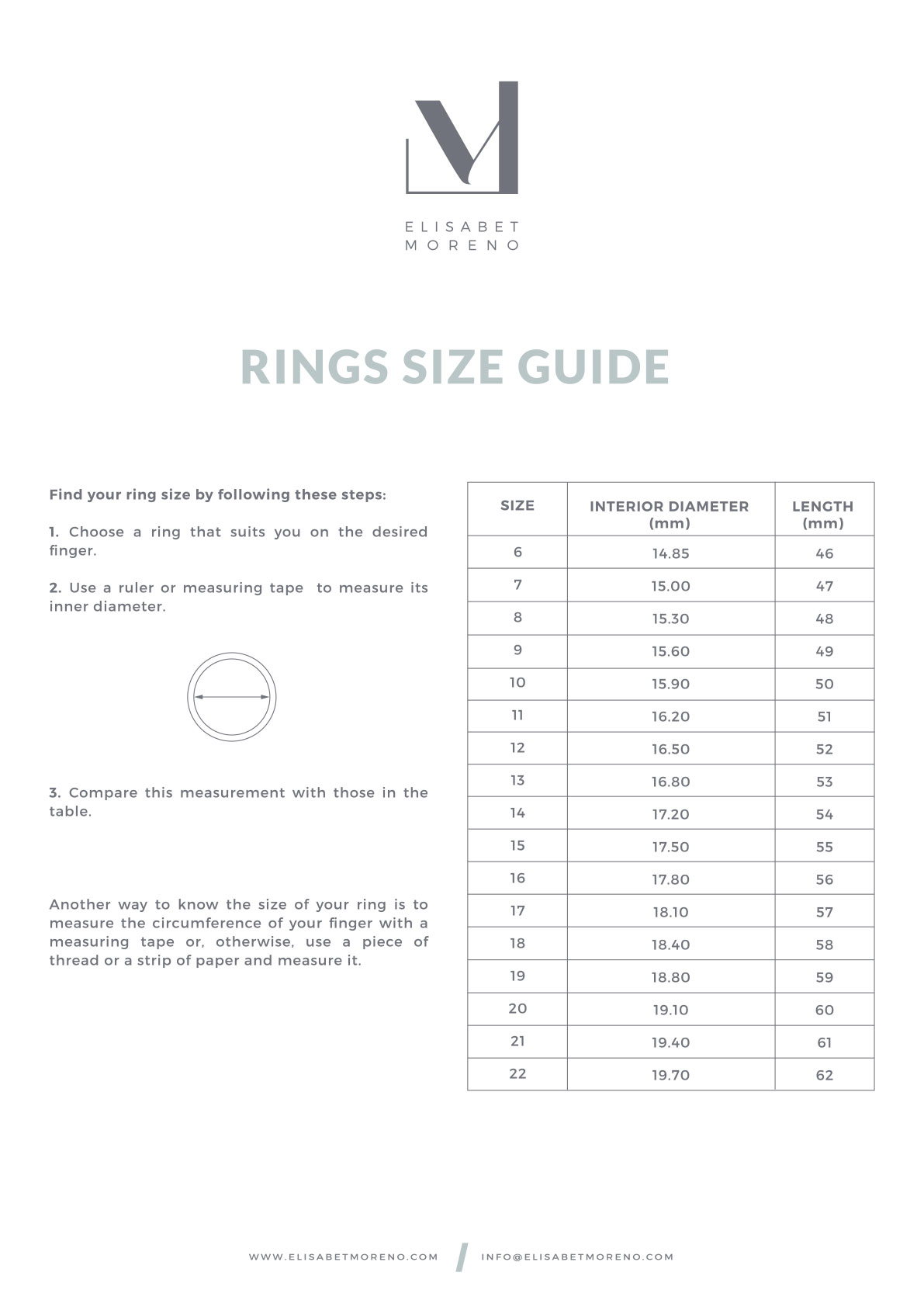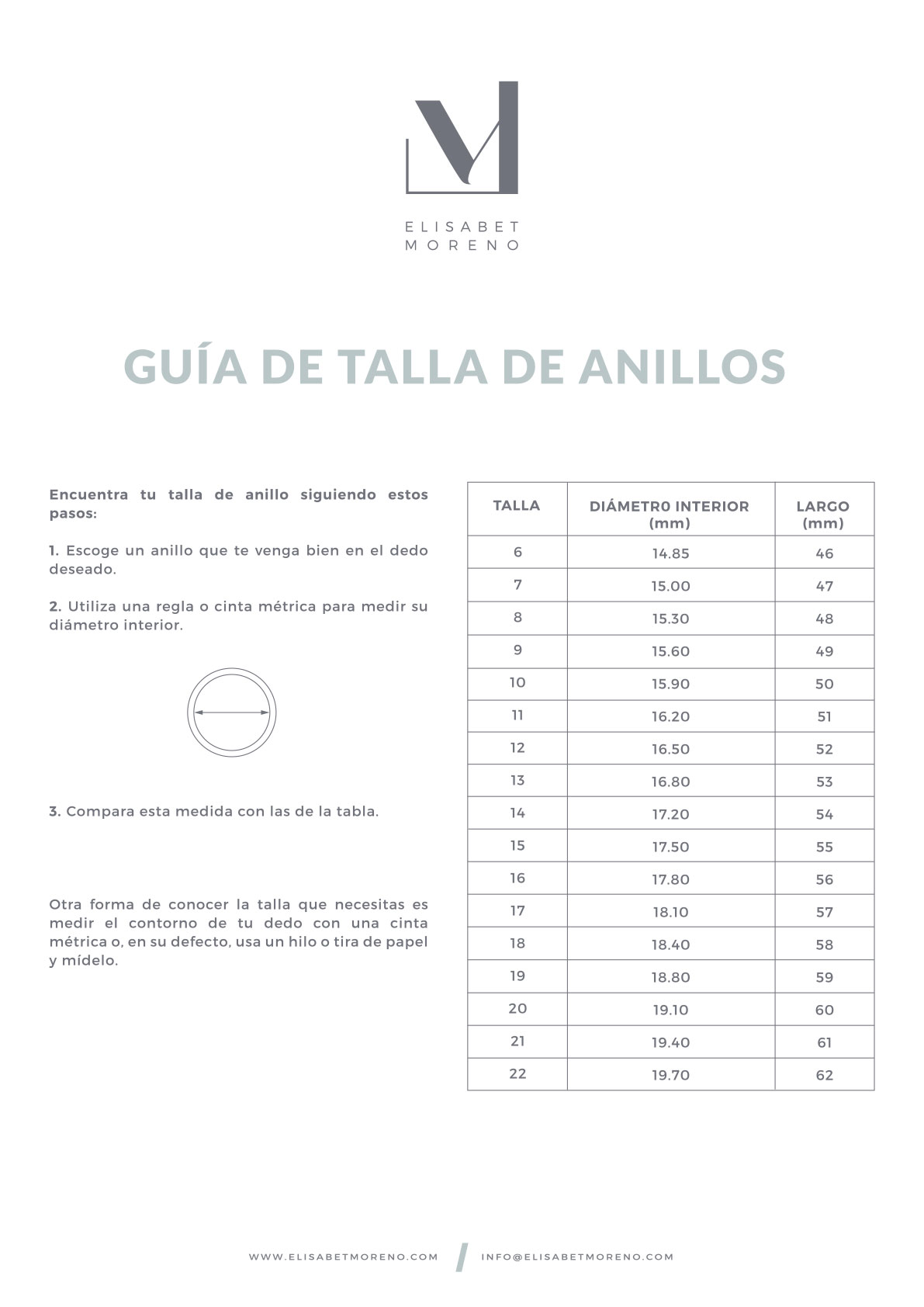Specialist in author’s jewelry and Japanese lacquer, we talk to Elisabet Moreno about the present of artisanal crafts, the defense of slow times, and life beyond diamond rings. If you think Urushi is a type of sushi, keep reading.
The story of Elisabet Moreno is a fable about beauty crafted with hands, through trial and error. A story of gold and sea urchins. A story that spans continents to immerse itself in another way of looking and touching. And also a double claim. On one hand, the jewel as “body sculpture,” as a form of expression and not an empty ornament. As one more resource to shout to the world who we are. But also the defense of artisanal work, unique and transcendent in the face of massive production that floods the market with a stock so easy to buy as to forget.
Trained in Advertising and Public Relations, this 21st-century goldsmith describes her first contact with contemporary jewelry as “a chance encounter… and little by little, I became hooked.” “At the moment I had to choose my studies, it seemed that the only option was to go to the University. We did not receive information about other options, it was something that was not even considered, when in reality, there is a diverse range of crafts,” she explains. Finally, she obtained a Higher Degree in Artistic Jewelry from the EscolaD’Art La Industrial in Barcelona. “Now that I am a teacher – she emphasizes – architects or healthcare personnel come to my classes who consider making a career change to this field or want to acquire new knowledge, and I find that very enriching.” On April 17th – as part of the Creando Despacio cycle organized by Rambleta and accompanied by the ceramist Ana Illueca – Moreno will give a talk at Poppyns where she will discuss the balance between tradition and modernity that inhabits her pieces, as well as the techniques of Japanese lacquer, a specialty she masters. If you think Urushi is a type of sushi, keep reading.
For many, talking about jewelry is still synonymous with strolling among pearls and emeralds; that is, “commercial jewelry,” but here we are playing something else. “A large part of the general public not only doesn’t dislike author’s jewelry, they don’t even know it exists,” Moreno points out. “Right now, there are several important fairs specialized in this field, but I think they are too focused on professionals in the sector and not on reaching the public. We need to make a greater effort to promote our work, and a good initiative in this regard is exhibitions in small galleries, which bring our works closer to the street.” In her creations, hybridization, mixture, and risk prevail. Precious metals like gold or silver dance tango with seeds, sea urchins, and other elements that few would associate with a visit to Tiffany’s. “With paper or resin, very artistic pieces can be made that require a lot of effort, but there are people who would never invest in them because they believe they have no value for not having a diamond or any other material they consider expensive,” summarizes the goldsmith, who finds geometry and nature to be two fundamental sources of inspiration.
Slow rhythms for accelerated worlds; craftsmanship for mass-produced lives
Despite immersing herself in the waters of contemporary design, Moreno’s emblem is “to respect the artisanal foundations of the trade,” those ancestral ways of doing things, those calm times that allow for the birth of uniqueness. “When you manually craft unique objects, you take on many risks in each creation. Each product is well thought out, carefully considered, and linked to the moment it was made,” says the designer.
But how is that electricity produced by the ethereal idea finally materialized into a tangible good? “My mind is always in motion, I often visualize images of pieces I would like to achieve. I jot down phrases, combinations of elements or mechanisms I would like to try, and review those ideas days later,” Moreno says about her creative process. “Sometimes I draw, but I especially love working with the material. To try and rectify directly what I am manipulating.” The hands, always the hands, all-powerful tools. Some might find that play of mistakes and successes, that uncertainty about the final result, somewhat disquieting. Not the case for our interviewee: “It doesn’t frustrate me at all; in fact, I find it very interesting to explore different ways of doing things, even if they don’t always turn out well. It’s one of the aspects I enjoy the most about my work. Besides, the more you work, the more you refine your aim towards the effects you want to achieve.”
However, this praise for the rhythms of craftsmanship and reflection often collides head-on with the fast pace demanded by modern times. How can one defend slowness in a context that rewards hyper-speed? “For me, it’s an important dichotomy, something I analyze a lot, and I feel like I’m caught between two worlds. It’s impossible to create good creative work without dedicating many hours to it. That ends up affecting the price. Until now, many consumers were not educated about this, but I believe that more and more people are willing to pay a premium for products with added value,” she points out. However, like everything else, awareness varies depending on the region: “In Germany or Northern Europe, there is much more predisposition, it is something that is much more widespread than here,” admits Moreno, whose resume includes projects like Depths of the Ocean, in which, inspired by oceanic ecosystems, she addresses the beauty of the deep sea and the importance of its conservation.
And if there is one thing that artisans trying to survive in 2021 have deeply ingrained in every inch of their being, it is that a change in consumption also implies a change in mentality regarding how and what we buy. Greater awareness of the materials used, the working conditions, and even the model of society we build through our way of eating or dressing. In the face of mass-produced, homogenized goods, the key for Moreno is “to convey the idea that it is worth investing in fewer pieces, but more meaningful ones, which provide the feeling that you are acquiring something unique, with symbolism, special design, a message, and whose production has sought excellence.”
The Haiku as a Turning Point
There are certain days, whether because the sky drizzles or the sun radiates nostalgia, when one feels like taking a look back at their life trajectory. And it would have to go very wrong for that journey not to find several turning points, a handful of decisive moments that marked us. A person, a job, a trip, a loss, a broken heart, a book, a recipe, an accident. For our protagonist, that catalyst took the form of a trip to Japan. She was captivated by the Japanese tenets: “I was very attracted to their way of doing things, their sensitivity, their conception of aesthetics… Their artistic habits are very unknown here and have nothing to do with European tradition,” she explains. And she ended up discovering the art of Japanese lacquer or Urushi (which takes its name from the resin that comes from a local tree of the same name).
From that first contact, she made several stays in the country with the lacquer master Nagatoshi Onishi or at the Kato Kohe School in Kyoto. “Urushi offers great versatility, as it provides hardness and resistance to very fragile materials that otherwise could not be used. Additionally, it offers a wide variety of finishes,” she explains about this discipline that requires the superposition of layers and strict drying times. A Japanese practice that implies an entire philosophy of life because, while around here the idea of “throwing away what gets old” prevails, Urushi, through all those layers of lacquer that wear away, invites the object to change appearance over the years and with the use given to it by each person.
If there is a derivative of Urushi that has been making its mark in European coordinates, it is Kintsugi, which consists of renovating broken ceramic pieces with veins of lacquer and gold dust. In this way, the beauty of imperfection is emphasized, those goods that have accumulated experiences, reflecting a life already lived. However, Moreno warns about how the concept is being distorted in our geographies: “I see a lot of new ceramics that are intentionally broken to perform Kintsugi, and that is not really understanding this technique, which is fundamentally a form of repair.”
In these turbulent times, that which arises from pause, reflection, and creativity stands as another path in the search for meaning and identity that is survival.
Original publication: Culturplaza
Author: © Lucía Márquez


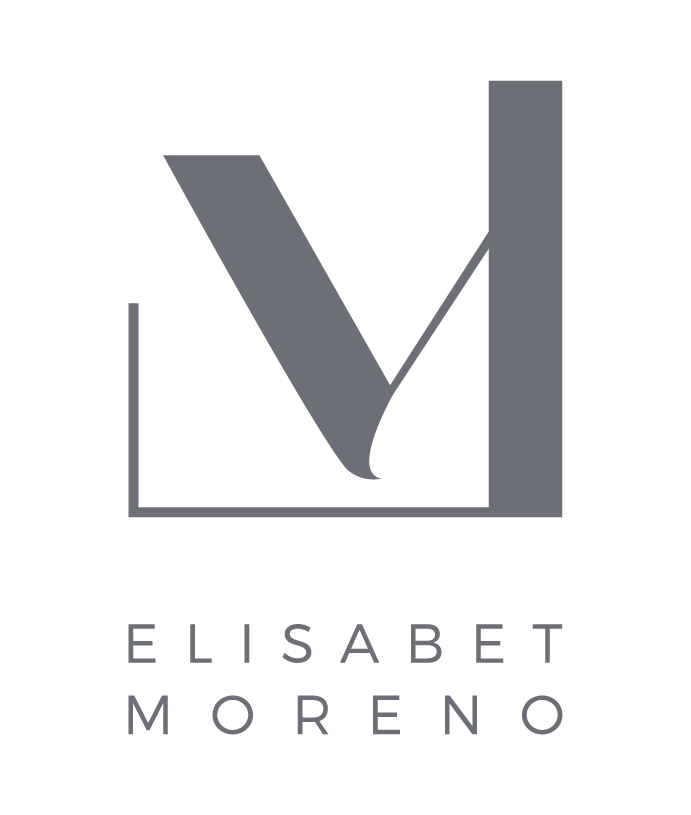
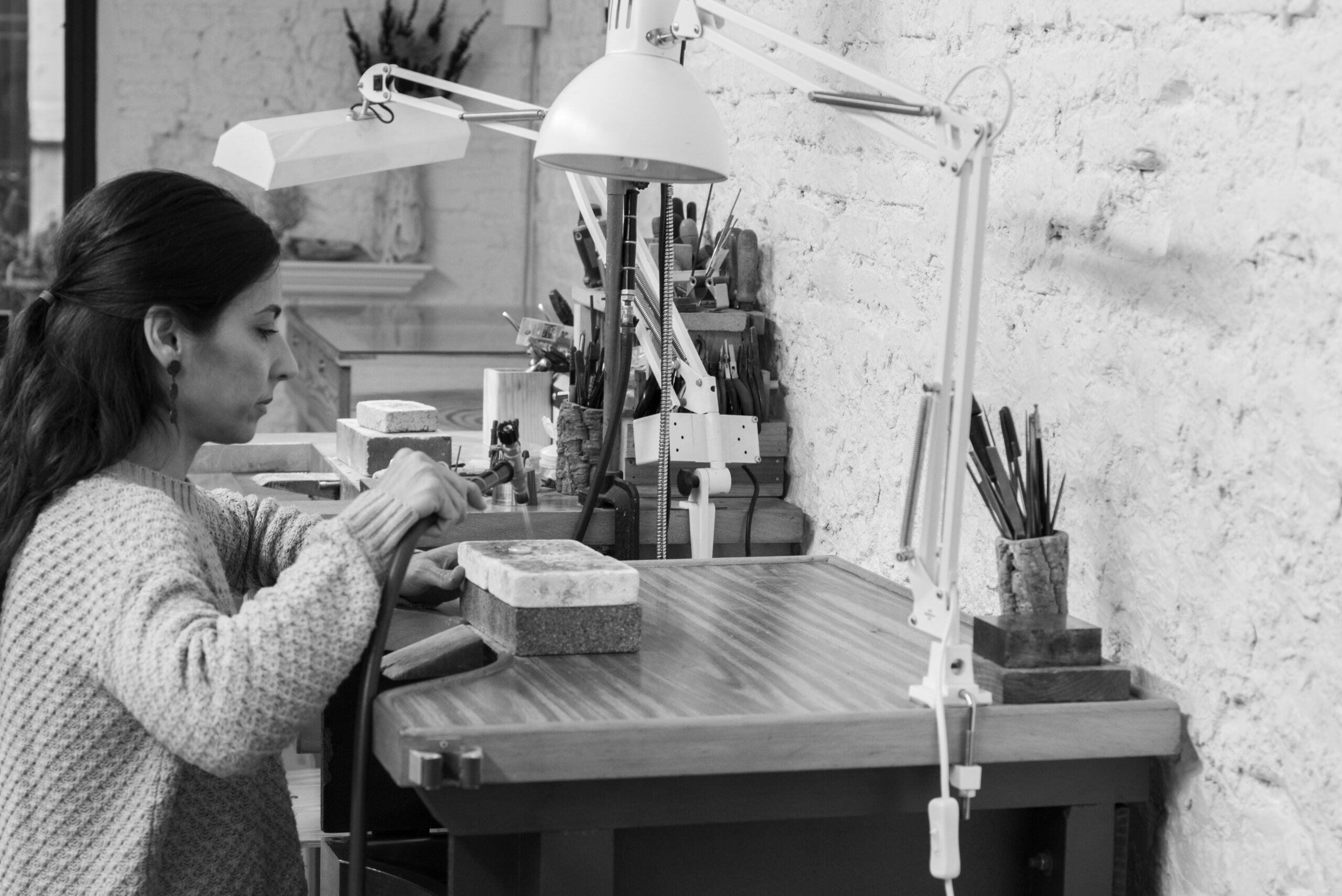
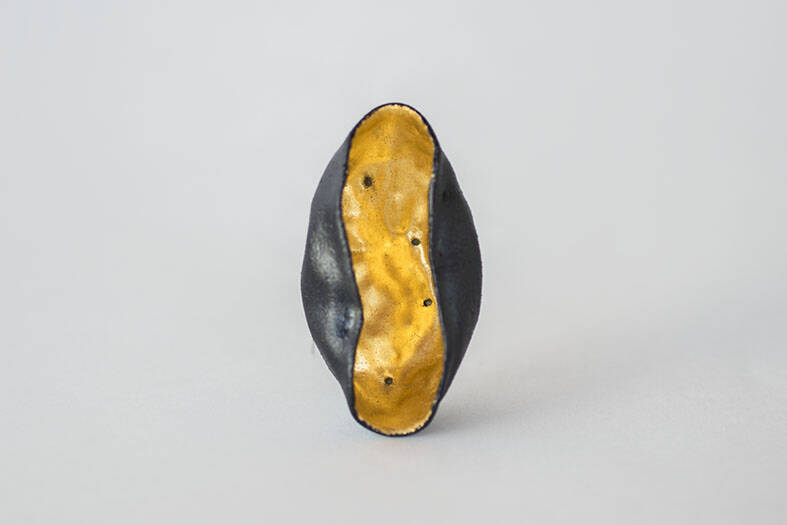
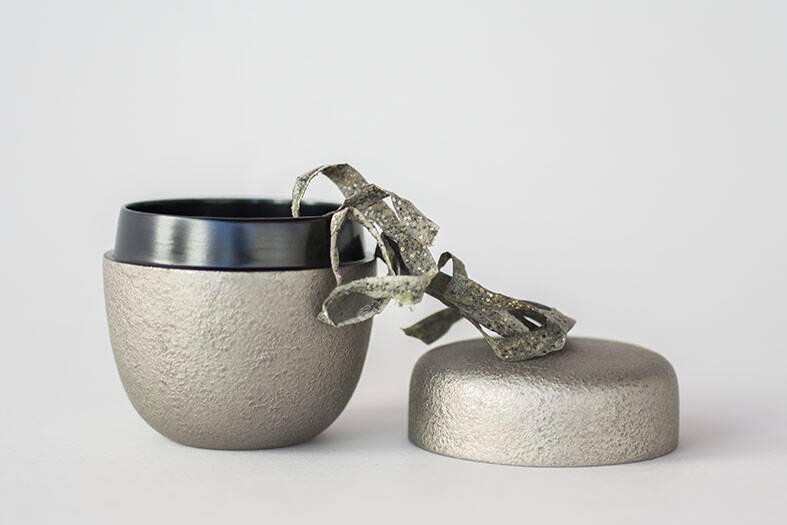
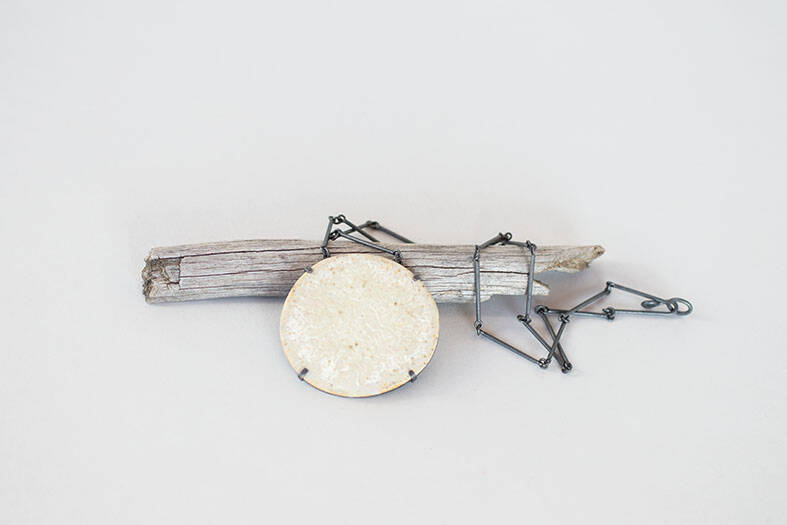
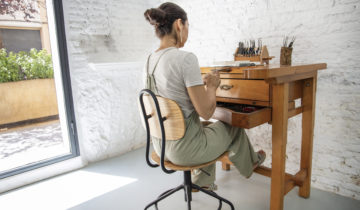
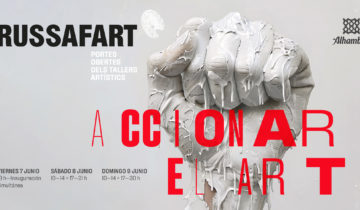
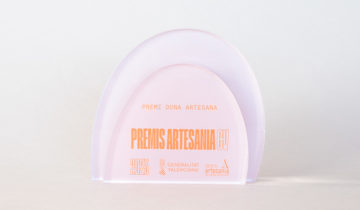

 No products in the basket.
No products in the basket. 